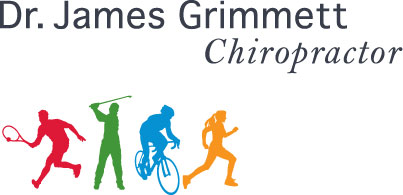A common problem associated with mechanical low back pain is a tight weak psoas muscle.
I’m finding it more and more common for my patients to have at least heard of this muscle. The psoas is a deep muscle that runs from the front of the lower spine vertebra to the upper part of the femur bone near the hip.
There is some debate about this muscle’s function. The best research, however, supports that the psoas helps to stabilize the back and at a certain angle of the hip also works to flex the hip further.
The psoas is a very thick and strong muscle. If you compare it to the back muscles it it bigger in diameter. This is significant as in a game of tug-of-war the psoas will overpower the back muscles. The pain that arises is usually not felt deep in the groin or lower abdomen where the psoas lies but rather in the low back or rear hip area(as is commonly described by patients) when the psoas is strained.
Yes, the muscles on the back side are strained and sometimes very intensely to the point of spasm. Again, this is typical when the psoas is strained.
Of further clinical interest the psoas has fibers that blend into the diaphragm above and pelvic floor muscles below. Given the psoas’ anatomical connections its clinical impact can include symptoms beyond just low back pain. When a problem for example this muscle may impact digestion such as in the form of heart burn (esophageal reflux).
From a postural perspective the psoas should be considered when someone is stooped forward or has a ‘sway’ back (increased lordosis or extension position of the low back).
The tight weak psoas is an observation or finding. The big clinical question lies in what is causing the strained or tight psoas. Knowing this answer will help direct the therapist to deliver the most effective treatment plan.
There are many successful soft tissue treatments or mobilization procedures to get a strained tight psoas to relax. Additionally, corrective exercises are typically needed as well to best address the problem.
